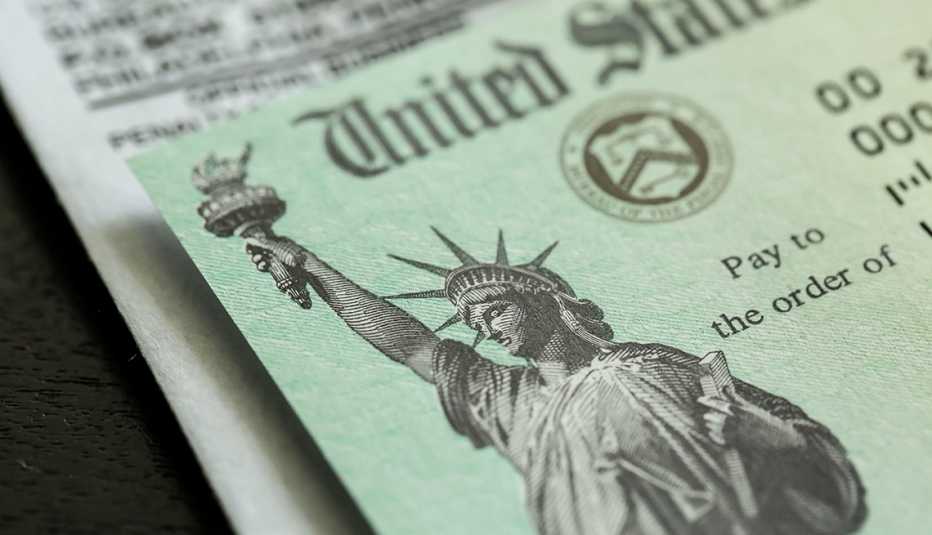AARP Hearing Center
Get help from the IRS
• Check the IRS Get My Payment web tool for determining whether your stimulus payment has been issued.
• Read answers to frequently asked questions about stimulus payments on irs.gov.
• Call the IRS toll-free stimulus information line: 800-919-9835.
Editor’s note: On Dec. 20, 2024, the Internal Revenue Service announced it would be issuing special payments of up to $1,400 to people who did not receive the full amount of their pandemic stimulus payments. If you qualify, you’ll receive a letter of notification, but you won’t need to take any action to receive the funds. Beware of potential scams. Since November 2023, false rumors have spread online about a fourth stimulus check for seniors. There currently is no new stimulus check on the way; the IRS is only issuing payments to people who did not receive the full amount they were eligible for with previous stimulus checks. This story covers the first round of stimulus checks authorized by the CARES Act on March 27, 2020. A second round of stimulus checks was included in coronavirus relief legislation signed into law on Dec. 27, 2020. Go here for more information on the second round of $600 stimulus checks. A third round of $1,400 stimulus checks was signed into law by the president on March 11, 2021.
En español | Federal lawmakers enacted a $2 trillion economic stimulus package on March 27, 2020 that sent most Americans checks of up to $1,200, as a way to put money directly in the pockets of families struggling to manage the economic fallout of the coronavirus pandemic.
The legislation will give single adults who reported adjusted gross income of $75,000 or less on their 2019 tax returns a one-time check for $1,200. Married couples who filed jointly will receive $2,400. Families will get an additional $500 for each child under 17.
In a letter sent to Congress on March 17, AARP asked lawmakers to provide payments directly to Americans as part of any stimulus packages.
"We support direct cash payments to individuals whether working, unable to work, unemployed, or retired,” said AARP Executive Vice President and Chief Advocacy & Engagement Officer Nancy LeaMond in the letter. “Unlike a payroll tax rebate, which helps only those who receive payroll checks, direct payments provide benefits more broadly, including to people most in need."
Social Security recipients eligible for stimulus checks
AARP worked to ensure that individuals who are collecting Social Security benefits for retirement, disability or Supplemental Security Income (SSI) will be eligible for the stimulus payments. AARP also successfully fought to guarantee that low-income Social Security recipients will receive the full $1,200 check, not $600 as originally proposed.
The size of the check will decrease based on income for individuals who earned more than $75,000 based on their federal tax return for 2019 (or their 2018 return if they have not filed yet). The payment for individuals will shrink by $5 for every $100 earned over $75,000. For couples who filed jointly, the reduction will start once they earn more than $150,000; for heads of household, at $112,500.
Individuals who earned more than $99,000 and couples who earned more than $198,000 jointly will not receive checks. The income cut-off for heads of households is $136,500.



































































